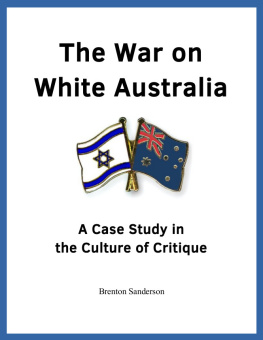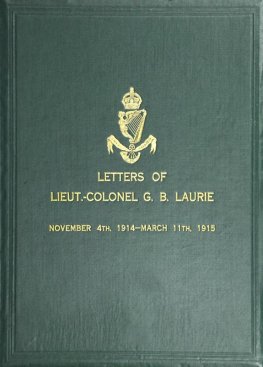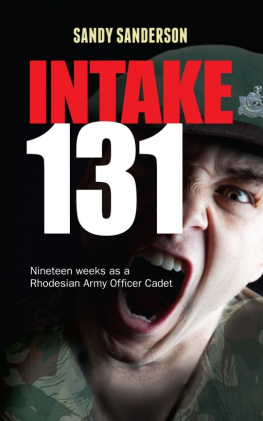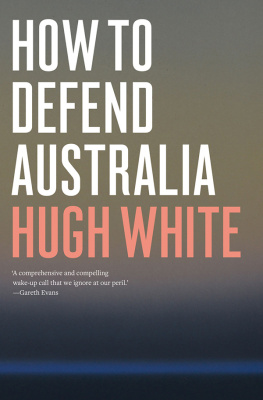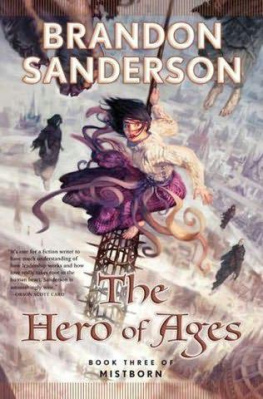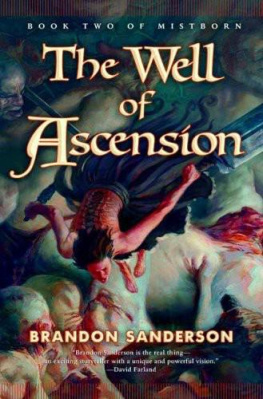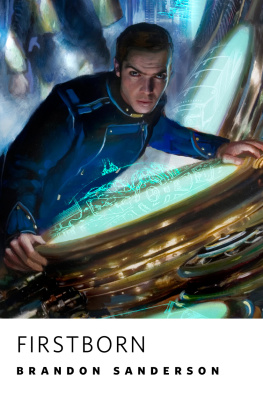Brenton Sanderson - The War on White Australia: A Case Study in the Culture of Critique
Here you can read online Brenton Sanderson - The War on White Australia: A Case Study in the Culture of Critique full text of the book (entire story) in english for free. Download pdf and epub, get meaning, cover and reviews about this ebook. year: 2016, publisher: Occidental Observer, genre: History. Description of the work, (preface) as well as reviews are available. Best literature library LitArk.com created for fans of good reading and offers a wide selection of genres:
Romance novel
Science fiction
Adventure
Detective
Science
History
Home and family
Prose
Art
Politics
Computer
Non-fiction
Religion
Business
Children
Humor
Choose a favorite category and find really read worthwhile books. Enjoy immersion in the world of imagination, feel the emotions of the characters or learn something new for yourself, make an fascinating discovery.
- Book:The War on White Australia: A Case Study in the Culture of Critique
- Author:
- Publisher:Occidental Observer
- Genre:
- Year:2016
- Rating:5 / 5
- Favourites:Add to favourites
- Your mark:
- 100
- 1
- 2
- 3
- 4
- 5
The War on White Australia: A Case Study in the Culture of Critique: summary, description and annotation
We offer to read an annotation, description, summary or preface (depends on what the author of the book "The War on White Australia: A Case Study in the Culture of Critique" wrote himself). If you haven't found the necessary information about the book — write in the comments, we will try to find it.
The War on White Australia: A Case Study in the Culture of Critique — read online for free the complete book (whole text) full work
Below is the text of the book, divided by pages. System saving the place of the last page read, allows you to conveniently read the book "The War on White Australia: A Case Study in the Culture of Critique" online for free, without having to search again every time where you left off. Put a bookmark, and you can go to the page where you finished reading at any time.
Font size:
Interval:
Bookmark:
The War on White Australia: A Case Study in the Culture of Critique
Brenton Sanderson
2012 2016
in the Occidental Observer
Contents
- The War on White Australia: A Case Study in the Culture of Critique (5 parts, 2012)
- The Jewish War on White Australia Continues (2014)
- The Jewish War on White Australia: Refugee Policy and the African Crime Plague (2016)
The War on White Australia: A Case Study in the Culture of Critique, Part 1
Results from the 2011 Australian Census reveal that, for the first time in that nations history, the majority of migrants are now arriving from Asia instead of Europe. Indians and Chinese have become the fastest growing sections of the Australian population. Between 2006 and 2011 the number of Australian permanent residents born in India increased by 100 per cent, those born in China increased by 54 per cent, while those born in the Philippines by 42 per cent. These startling figures do not even include those born in Australia to Indian or Chinese parents. The Census also revealed that other non-White immigrant groups are also expanding rapidly, including various African groups. All of this is dismal news for White Australians and, indeed, for White people everywhere. Unfortunately, these figures only mirror what is happening throughout the West, where White people are under demographic and cultural siege from race-replacing levels of Third World immigration and the official embrace of multiculturalism.
In just a few decades these malignant policies have transformed Western societies to the detriment of their European-derived populations and culture. It is a remarkable fact that this revolution in immigration and social policy throughout the West occurred at around the same time (1962-1973), and that in all countries these changes reflected the attitude of elites rather than the great mass of citizens. Changes in immigration policy and the imposition of multiculturalism were imposed on resentful European populations despite overwhelming popular opposition to non-European immigration. The driving force behind this totally undemocratic shift in policy was the Jewish intellectual movements and ethno-political activism that Kevin MacDonald documented in The Culture of Critique . For those aware of the pivotal role of Jews in driving the demographic and cultural transformation of the United States, the story of the Jewish role in radically reengineering Australian society will have a depressingly familiar ring to it.
Australia was the last habitable continent settled by Europeans. In 1901 the British colonies of Australia federated to form an independent nation. The first Act passed by the new federal parliament was the Immigration Restriction Act which, through imposing a dictation test in any European language (usually English), effectively barred non-White immigration to Australia. Until the cultural revolution of the 1960s, Australia remained an unashamedly White Christian nation with a strong Anglo-Celtic ethnic base. Indeed the long-running (now defunct) news magazine The Bulletin maintained the slogan Australia for the White Man on its masthead until 1961. By 1947 the non-European population, other than Aborigines, was measured at 0.25 per cent of the total. As a result of the Immigration Restriction Act, Australia had become, by this time, one of the Whitest countries in the world. Ian Cook makes the point that The White Australia policy was a fairly self-conscious and explicit attempt to protect a particular genetic inheritance from being diluted by other genetic lines.[i] The policy was extraordinarily successful in this endeavor, and the historian Eric Richards observes that, in retrospect, it is extraordinary that so remote a settlement could maintain such a homogeneous population composition.[ii]
Australia and New Zealand were also the two most British societies outside the United Kingdom, and Australia was, proportionately, the most Irish society outside Ireland. The imperial loyalties of the Australian colonists were often explained by reference to the crimson thread of kinship that existed between Britain and Australia. Australian identity was founded upon three distinct yet interrelated components: racial Whiteness, Britishness, and Australianness.[iii] The attempted Japanese invasion of northern Australia in WWII proved that the longstanding fear of an Asian invasion (the Yellow Peril) was far from the neurotic, xenophobic anxiety disparaged by todays politically correct historians. In the 1960s there was no popular movement for ending the White Australia policy, a policy that had retained the bipartisan support of Australias political class since its inception in 1901. Indeed, Richards notes that Australias adherence to Whiteness was its defining characteristic, and that None of the other great immigrant countries was able to sustain such a degree of homogeneity.[iv] Hawkins makes the point that
the primary and identical motivation of Canadian and Australian politicians in trying to exclude first the Chinese, then other Asian migrants and finally all potential non-white immigrants, was the desire to build and preserve societies and political systems in their hard-won, distant lands very like those of the United Kingdom. They also wished to establish without challenge the primary role there of her founding peoples of European origin. Undisputed ownership of these territories of continental size was felt to be confirmed forever, not only by the fact of possession, but by the hardships and dangers endured by the early explorers and settlers; the years of back-breaking work to build the foundations of urban and rural life. The idea that other peoples, who had taken no part in these pioneering efforts, might simply arrive in large numbers to exploit important local resources, or to take advantage of these earlier settlement efforts, was anathema.[v]
Tied in with these natural and legitimate expressions of racial and ethnic solidarity, were concerns hordes of non-White immigrants would drive down the wages and living standards of White Australians. This was a key part of the original rationale for the White Australia policy as articulated by Alfred Deakin, Australias first Attorney-General, who argued that
a white Australia does not by any means just mean the preservation of the complexion of the people of this country. It means the multiplying of homes, so that we may be able to defend every part of our continent; it means the maintenance of conditions of life fit for white men and white women; it means equal laws and opportunities for all; it means protection against underpaid labour of other lands, it means the payment of fair wages. A white Australia means a civilisation whose foundations are built on healthy lives, lived in honest toil, under circumstances which imply no degradation; a white Australia means protection.[vi]
An analogous view had been expressed as early as 1841 by James Stephen, the powerful head of the British colonial office in London, who declared that Australia should be a land where the English race shall be spread from sea to sea unmixed with any lower caste. He maintained that the introduction of Indian coolies into New South Wales would debase by their intermixture the noble European race bring with them the idolatry and debasing habits of their country beat down the wages of poor laboring Europeans [and] cut off the resource for many of our own distressed people.[vii] Charles Pearson, a British scholar who migrated to the colonies in the late nineteenth century, published a book entitled National Life and Character in 1893. In it, he described Australia as an unexampled instance of a great continent that has been left for the first civilized people that found it to take and occupy. He warned, nevertheless, that it was still questionable whether the white races would be able to hold on to it in the face of the Asiatic threat:
Next pageFont size:
Interval:
Bookmark:
Similar books «The War on White Australia: A Case Study in the Culture of Critique»
Look at similar books to The War on White Australia: A Case Study in the Culture of Critique. We have selected literature similar in name and meaning in the hope of providing readers with more options to find new, interesting, not yet read works.
Discussion, reviews of the book The War on White Australia: A Case Study in the Culture of Critique and just readers' own opinions. Leave your comments, write what you think about the work, its meaning or the main characters. Specify what exactly you liked and what you didn't like, and why you think so.

